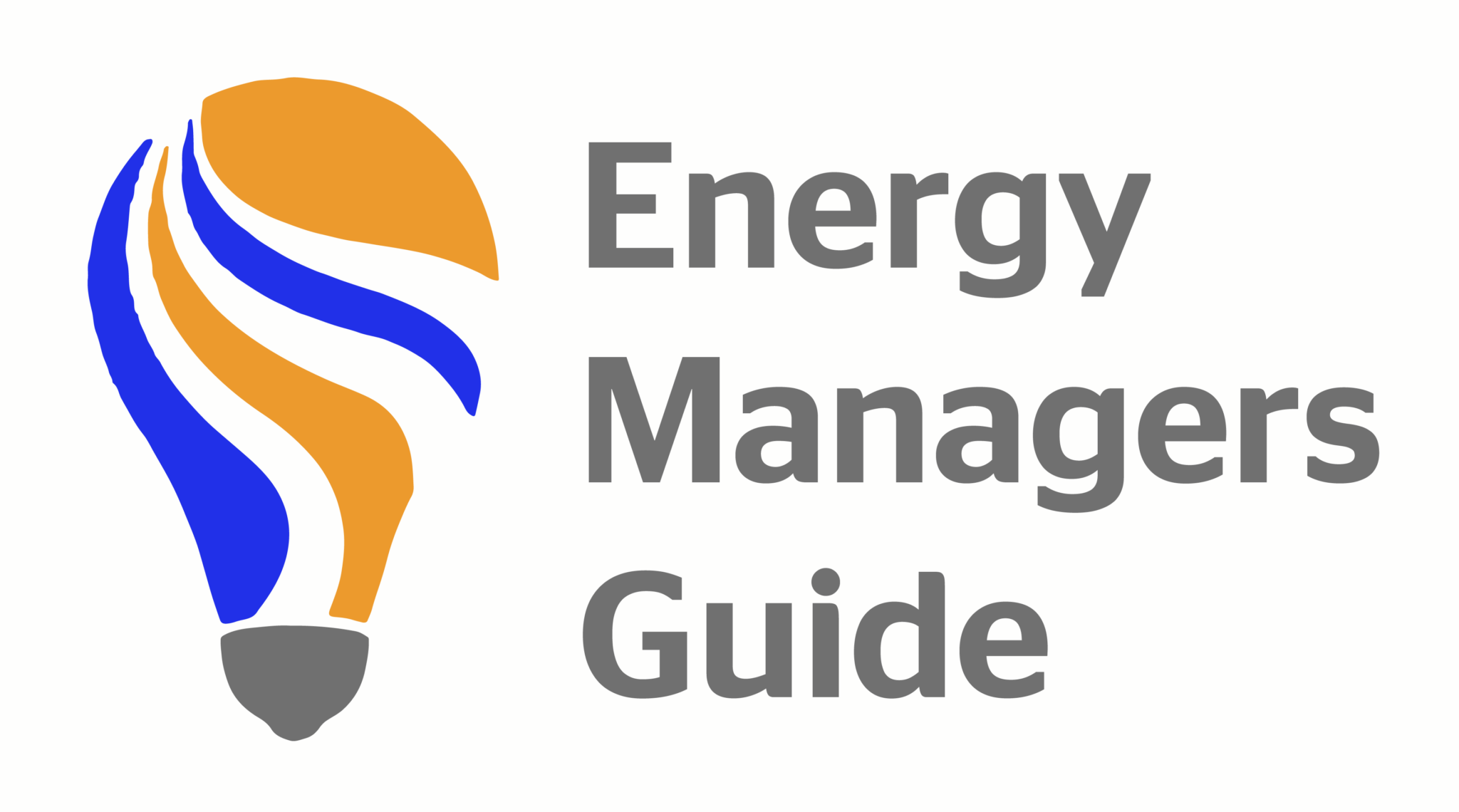In the realm of energy consumption, the concept of Demand Side Energy Management (DSEM) plays a pivotal role in enhancing efficiency and sustainability. This strategic approach focuses on modifying electricity usage patterns to achieve a more balanced and economical energy consumption profile. Let’s delve into the key aspects of DSEM, its importance, and how energy management software facilitates intelligent planning for optimal outcomes.
Understanding Demand Side Energy Management
Demand Side Energy Management involves actively influencing the patterns of energy consumption within an organisation or facility. Rather than merely addressing the supply side, DSEM seeks to optimise the demand for energy by strategically adjusting usage during specific periods. This includes periods of peak demand, where electricity costs and strain on the grid are typically high (think RAG time bands).
Why Is Demand Side Energy Management Important?
Cost Reduction
One of the primary motivations for implementing DSEM is the potential for cost reduction. By strategically managing energy demand, businesses can avoid peak pricing and capitalise on lower rates during off-peak hours.
Enhanced Energy Efficiency
DSEM contributes significantly to improving overall energy efficiency. By identifying and eliminating wasteful practices, organisations can operate more sustainably, reducing both costs and environmental impact.
Environmental Sustainability
Beyond financial gains, DSEM aligns with the global push for environmental sustainability. Lowering energy consumption during peak periods reduces the need for additional power generation, subsequently decreasing carbon emissions and environmental strain.
How to Implement Demand Side Management?
Energy Auditing
Energy auditing serves as a cornerstone in implementing effective Demand Side Energy Management. By conducting thorough audits, businesses gain insights into their energy usage patterns and identify areas for improvement. These audits provide the necessary data to formulate targeted demand side management strategies.
Energy Efficiency Software
Energy management software plays a pivotal role in executing demand side strategies efficiently. These tools utilise real-time data, historical consumption patterns, and predictive analytics to develop optimal energy usage plans. By automating responses to changing energy prices and demand conditions, businesses can ensure seamless and cost-effective operations.
Managing Peak Energy Demand
Addressing peak energy demand is a central component of Demand Side Energy Management. Through Demand Side Response (DSR), organisations actively adjust their energy consumption during peak periods to alleviate strain on the grid and capitalise on cost savings. This proactive approach enhances grid reliability and reduces the need for additional infrastructure.
Conclusion
Demand Side Energy Management is a proactive and strategic approach to energy consumption that goes beyond the conventional supply-side solutions. By understanding and influencing energy demand patterns, businesses can achieve significant cost savings, enhance overall efficiency, and contribute to a more sustainable future. Leveraging energy management software alongside comprehensive energy auditing is crucial for organisations aiming to navigate the complexities of demand side management and energy efficiency successfully.







